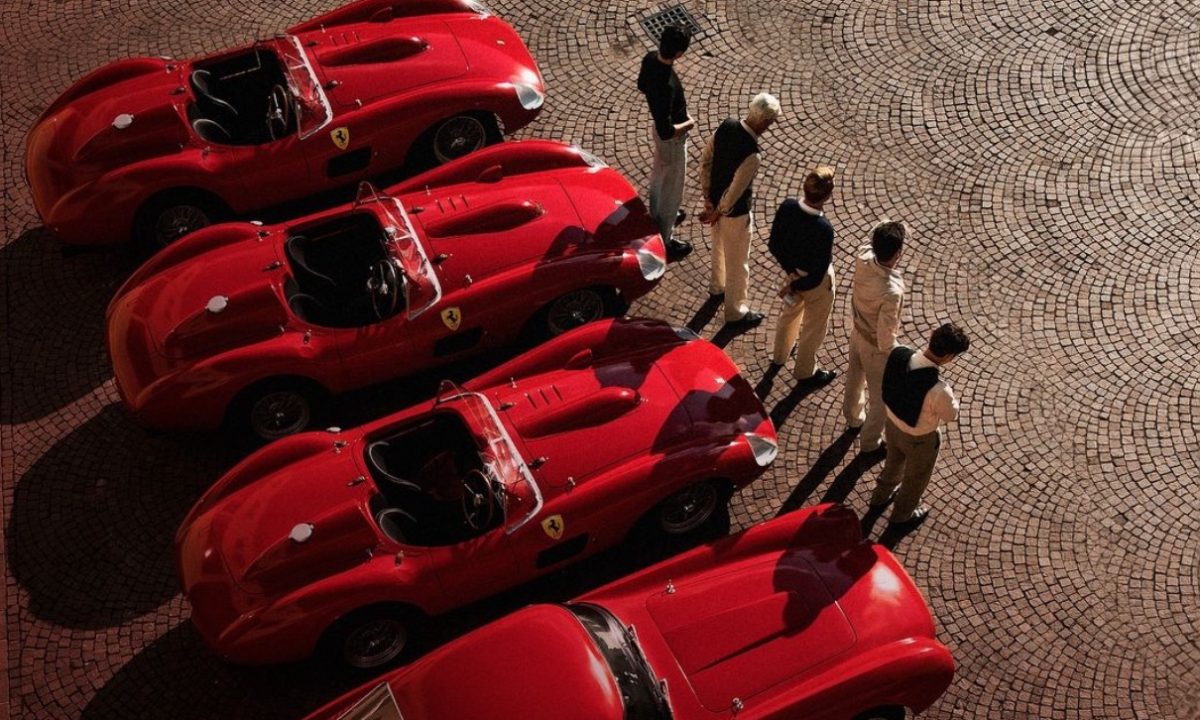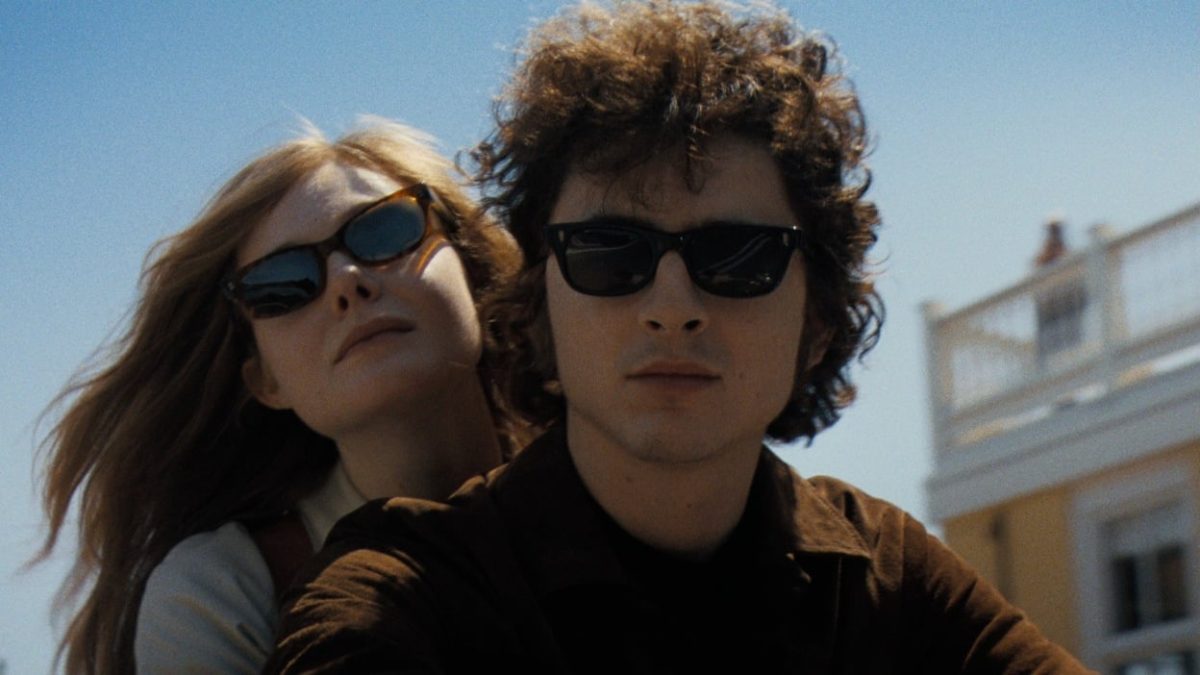★★★★
It’s been a long road for director Michael Mann’s latest picture, “Ferrari,” which is not only his first movie in nearly nine years but a story Mann has been waiting to bring to audiences since the mid-90s. Based on Brock Yates’s 1991 biography “Enzo Ferrari: The Man, the Cars, the Races, the Machine,” Mann’s latest work depicts a mere few months in the life of the legendary racer, entrepreneur and business owner of Ferrari. Where most films would solely focus on the race itself, “Ferrari” uses the race as a vehicle to explore and heighten elements that are usually left underdeveloped in more standard sports biopics.
The film starts its engine in the summer of 1957, as viewers follow Enzo Ferrari (Adam Driver) as he battles financial struggles while preparing to enter the highly prestigious Mille Miglia, an open-road endurance race spanning 1000 miles across Italy. Despite the finances and competition, Enzo’s true conflict is his relationship with his wife, Laura Ferrari (Penelope Cruz), as the pair have become increasingly estranged after the death of their son Dino. Enzo now spends much of his time with mistress Linda Lardi (Shailene Woodley), with whom he has fostered a completely separate private life, including a young son, Piero, whose existence is entirely unknown to Laura.
About midway through the film, Enzo explains to Piero that “two objects cannot occupy the same point in space at the same time.” The line serves as a fulcrum point for the movie’s conflict: Enzo lives two lives and will not allow either to coexist. Of course, this balancing act is unsustainable, and throughout the picture, Enzo is forced to reconcile these two competing sides of his life.
The lead actors do an exceptional job of embodying the interpersonal struggle between their characters. Driver is great in his role as the meticulous leader and driving force of his company, and although he is not unfeeling, he remains cool and reserved, even when things go awry. Enzo will stop at nothing to satisfy his insatiable drive to win — whatever he may lose in the process, whether a car or a racer, he will simply replace and continue. That said, there’s no doubt that Penelope Cruz gives a standout performance in the film, as she puts her full range and capability as an actor on display. As pressure within Laura’s relationship continues to build, Cruz portrays the necessary grief and frustration of her character, all while retaining a compelling resilience.
Because the emotional conflict takes emphasis over the action, the movie often lacks a sense of rising tension or any clear dramatic culmination. Some scenes feel a bit shaky, putting the burden on the performances to hold everything together, but it’s in these scenes where Mann grounds the film in the emotions of his characters. The lack of familiar visual cues in racing scenes also negates the tried and true plot beats of a race car movie or biopic, resulting in a film that sometimes feels oddly paced, and while not boring, requires you to keep a close eye on its narrative details.
However, “Ferrari” is undoubtedly still worth the watch, as the attention to detail is exquisite. Mann isn’t one to cut corners on the realism and accuracy of the subject he depicts, and such commitment shines in his beautiful recreations of historical locales and the iconic red Ferrari racing cars. It’s the direction that a biopic of this scale should swerve into. “Ferrari” stands as a commendable piece of experimentation.
Regardless, the craft and effort behind the camera are on full display. The movie was shot almost entirely in Modena, Italy and other parts of the country, with its sweeping countryside and classical city backdrops. It’s a treat to see Erik Messermschmidt’s finely tuned digital cinematography — a perfect fit for Mann, who pioneered the use of digital cameras in film.
What will likely stick with the audience most, however, is the surprising turn of events near the end that only those in the know will see coming. Because of this, when the Mille Milgia is over, the characters and the story are left in a somewhat odd spot. It’s easy to be disappointed that the main race isn’t as impactful as expected, but that’s by design. Mann is more interested in the dramatic repercussions of the event on the characters, and he lands on an ending that finds a surprising thematic resolution to the story.
While the movie may not be the ferociously intense and traditional racing epic that some would hope, it’s a dynamic retelling of lesser-known history and a welcome addition to Michael Mann’s vast oeuvre of haunted men. Upon a first viewing of “Ferrari,” it may be hard to see the finish line, but once you get there, you might just be thankful for the ride.






















